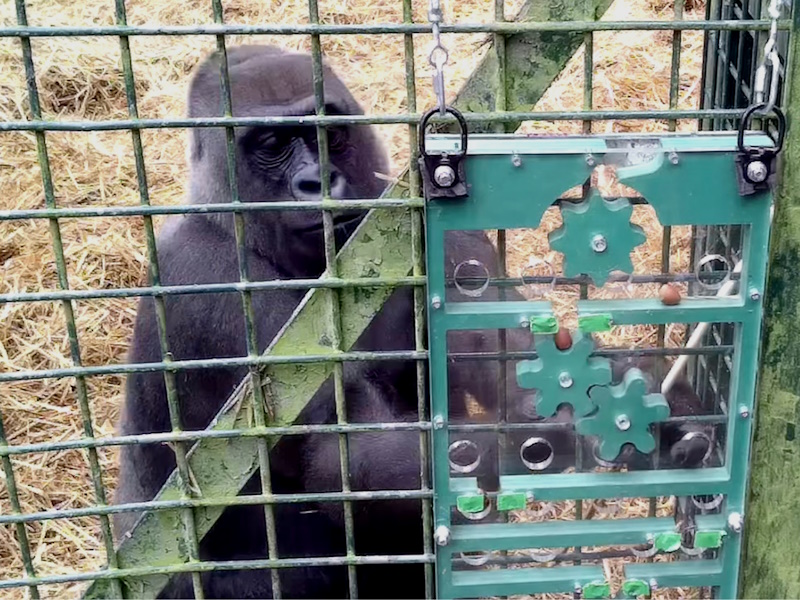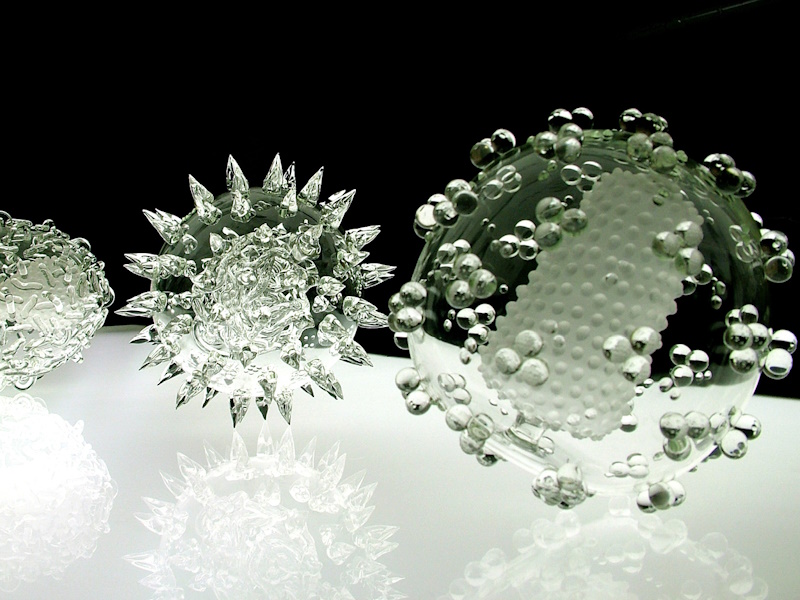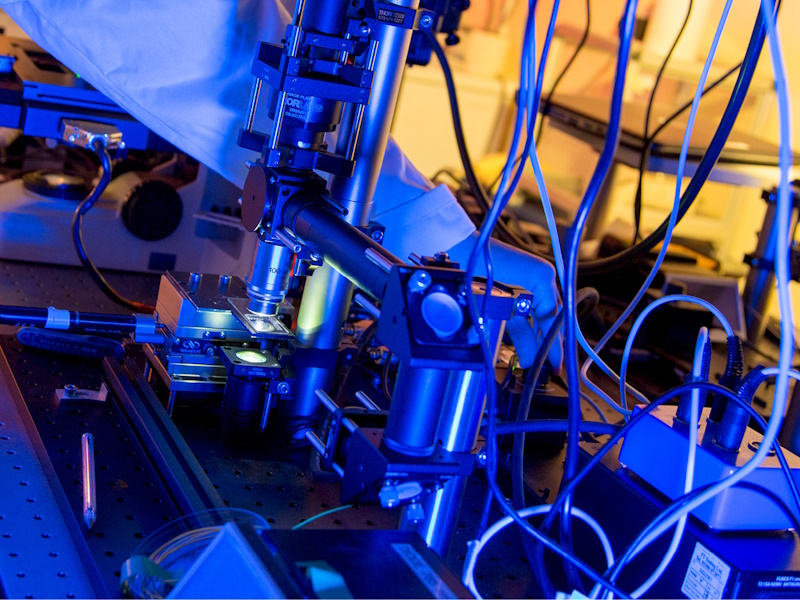Discover cutting-edge research and innovation at the Royal Society's unmissable Summer Science Exhibition, taking place from 2 – 7 July 2024, a free interactive experience open to everyone with a curious mind. This is a free event but please register your interest on Eventbrite.
This year, visitors can get hands-on with personal brain scanners, hear real ice core samples from Antarctica, marvel at a chandelier made from a waste product generated in optical fibre manufacturing, or learn how stem cells are revealing secrets of the embryo. Find out more about the exhibitors' research and plan your visit.
Engage with over 300 passionate scientists as they unveil the secrets behind their ground-breaking research. From mind-blowing exhibits to hands-on activities, this year's exhibition promises excitement for all ages.
Each one of the 14 flagship exhibits showcases incredible strides made in science and technology. Whether you're a science enthusiast or just looking for a fun day out, the Summer Science Exhibition has something for everyone.
Online visitors will also be able to experience the buzz of the exhibition floor through our virtual content, including livestreamed demonstrations, exclusive interviews and talks.
UK schools can dive into the world of STEM careers and essential skills by booking a visit. Find out more in our schools booking page and unlock a world of knowledge and inspiration for your students.
Don't miss this chance to be part of a captivating exploration into the future of science. Mark your calendars and join us for an unforgettable week of discovery.



